#IR46: How Iran built its robust and resilient energy industry amid sanctions
By Ivan Kesic
On the 46th anniversary of the Islamic Revolution, it is time to reflect on Iran’s remarkable transformation, a story of resilience and innovation, especially in the energy sector.
Once a nation heavily reliant on foreign technology, Iran defied and bypassed all external pressures, sanctions and embargoes to build a formidable domestic energy industry against the odds.
Today, Iran stands as an energy giant in the world, renowned for its vast fossil fuel reserves. Yet, its early steps in the industry were humble, marked by a pressing need for outside expertise.
In the 19th century, long-running conflicts with three powerful neighbors left the nation economically vulnerable, widening the gap between Iran and the rapidly industrializing West.
Compounding this challenge was Britain’s pervasive influence over Iran’s internal affairs. As the dominant global power of the time, Britain strategically curtailed Iran’s ability to foster independent industries while ensuring that foreign assistance remained anything but empowering.
It was the British who first recognized the immense potential beneath Iranian soil. Sensing a treasure trove of untapped oil, they maneuvered the Qajar rulers into granting them exploitative concessions – securing access to Iran’s resources while keeping the nation dependent.
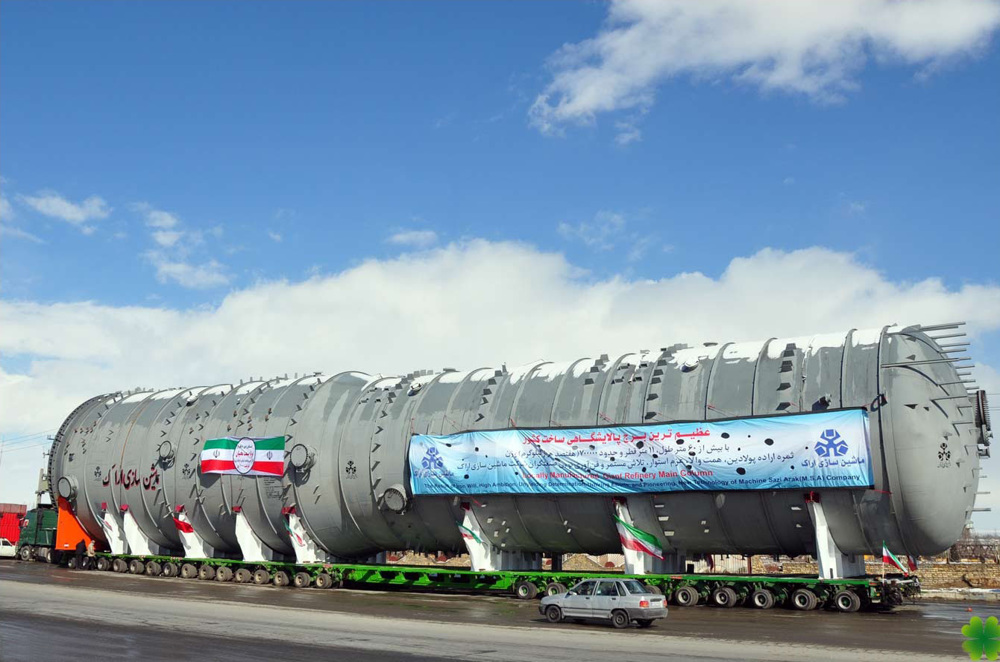
The first two concessions, granted in 1872 and 1889 respectively to British subject Baron Julius de Reuter, gave him the right to explore for oil and minerals in the country.
However, these ventures met an early demise – reserves remained elusive, and fierce opposition from the local public condemned the contracts as blatantly unequal.
Yet, London, the self-proclaimed master of the Persian Gulf and the world’s oceans at the time, was not deterred. As the colonial overlord of nearly all the surrounding coastal nations, Britain saw immense strategic value in Iranian oil fields and kept the pressure on Tehran to grant further concessions.
Their persistence bore fruit in 1901 when British entrepreneur William Knox D’Arcy secured a new sixty-year concession for oil exploration. Despite repeated setbacks, his team struck black gold in the country’s southwest in 1908 – an event that would alter the course of Iran’s history.
This discovery came at a pivotal moment. The mighty Royal Navy was transitioning from coal to oil, and the British government swiftly recognized Iranian oil as a strategic asset. Importing this newfound resource became a foreign policy priority, culminating in the formation of the Anglo-Persian Oil Company (APOC).
The geopolitical stakes were immense. George Nathaniel Curzon, then Viceroy of India, captured Britain’s ambitions in a chilling remark: Iran was "one of the pieces on a chessboard upon which is being played out a game for the domination of the world."
Before long, Abadan Island, strategically located at the mouth of the Arvand River in the Persian Gulf, was chosen as the site for an oil refinery. When it opened in 1912, it swiftly rose to prominence – becoming the largest oil refinery in the world and cementing Britain’s grip on Iranian oil.
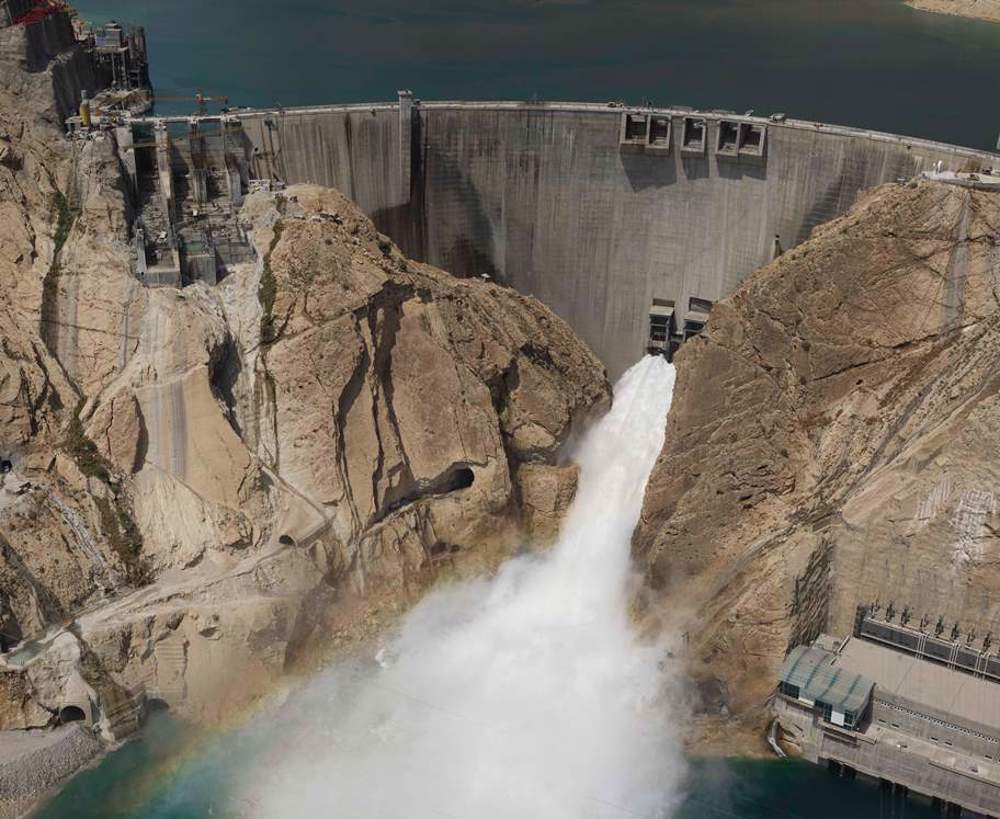
Needless to say, every aspect of Iran’s oil industry – from geological exploration and drilling to pipeline transportation, refining, and shipment – was controlled entirely by British technology at that time, with no Iranian involvement beyond the most menial labor.
The local workforce, employed by APOC, was relegated to grueling, unsanitary jobs and forced to endure deplorable living conditions in crumbling housing settlements. Workplace discrimination by the British was rampant, reinforcing a deep sense of injustice and exploitation.
Year after year, resentment festered. Public and political outrage over British dominance swelled, culminating in the landmark decision to nationalize Iran’s oil industry in 1951.
It was a historic victory – on paper, Iran had finally reclaimed control over its own resources.
But reality proved far harsher. Though the oil was now in Iranian hands, the expertise to extract, refine, and export it remained elusive. Iran urgently sought assistance from the world’s leading technological powers, yet British influence loomed large.
Under relentless pressure from the governing authorities in London, every potential partner turned Iran away, unwilling to risk the country’s wrath.
Only Italy dared to defy the blockade. However, the British Royal Navy swiftly retaliated, intercepting Italian tankers and confiscating Iranian oil under the pretense that it was “stolen British property.”
This brazen show of force sent a chilling message to the global business community—collaborate with Iran at your peril.
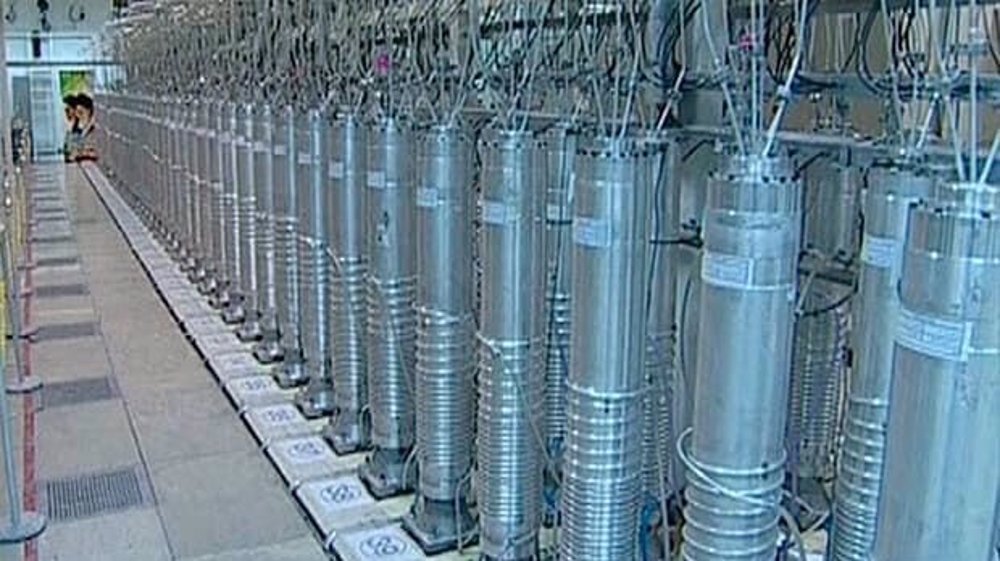
The British embargo dealt a devastating blow to Iran’s oil exports, slashing them to just a fraction of pre-nationalization levels.
The economic crisis that followed proved crippling, setting the stage for the infamous British-American coup that toppled Iran’s democratic government and handed absolute power to the West-backed and West-planted Pahlavi monarchy.
With Washington now joining London in its dominance over Iran’s energy sector, the two powers dictated the terms of oil contracts with little resistance. This grip remained firm until the Islamic Revolution shattered their control in 1979 under the leadership of Imam Khomeini.
After the Islamic Revolution, the Anglo-American alliance once again turned to economic warfare, using sanctions and intimidation in an attempt to cripple Iran’s energy industry.
Their goal was clear—to trigger an economic collapse and force the Islamic Republic into submission.
The situation worsened with the West’s support of Saddam Hussein’s Baathist regime during the imposed war against Iran during the 1980s.
The imposed war inflicted immense destruction: the massive Abadan Refinery was reduced to rubble, Iranian oil platforms were repeatedly attacked, and tankers in the Persian Gulf became prime targets.
Oil production plummeted by a quarter, but unlike in the past, Iran no longer looked outward for salvation. Instead of seeking foreign assistance, the nation embarked on an ambitious path of self-sufficiency, prioritizing the development of its domestic energy sector.
From that moment forward, Iran independently rebuilt its war-torn refineries and energy infrastructure.
Not only were destroyed facilities restored, but entirely new refineries and colossal petrochemical complexes were constructed – transforming the nation into an energy powerhouse despite relentless external pressures.
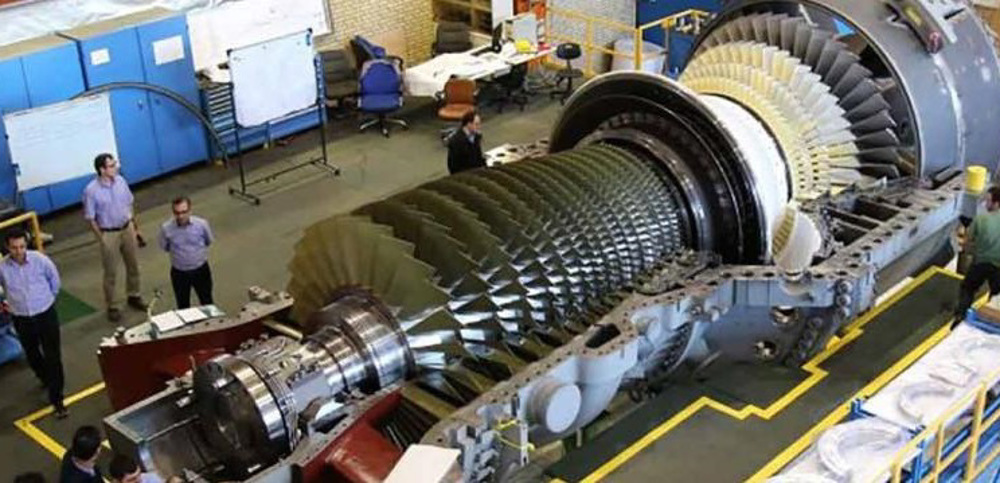
Pre-revolutionary production reached its peak in the middle of the last decade but with a significant shift: today, half of this output serves domestic needs, a far cry from the mere tenth that was once allocated.
When compared to the year before the revolution, Iran’s electricity production and consumption have surged tenfold, while natural gas consumption has skyrocketed by an astonishing 25 times.
To put things in perspective, Iran’s electricity consumption in the previous year surpassed 40,000 kWh per capita, outstripping nations like Japan, Germany, and France.
As for natural gas, Iran holds the rank of the third-largest producer globally, trailing only behind the United States and Russia, and stands as the fourth-largest consumer, following China and the aforementioned two.
In addition to its oil and gas dominance, Iran has emerged as a key player in the global manufacturing of steam and gas turbines for simple-cycle and combined-cycle power plants – a sector where Russia has shown significant interest in light of Western sanctions.
Beyond hydrocarbons, Iran has made bold strides in renewable energy. Domestic companies have been instrumental in constructing hundreds of dams and hydroelectric plants, as well as expanding solar and wind power infrastructure.
For years, Iran has also been fueling nuclear power plants and has ambitious plans to independently build nuclear reactors for a new generation of power stations, solidifying its commitment to a diversified energy future.
Missiles with strike radius beyond Persian Gulf length used in IRGC drill: Parl. speaker
US National Security Strategy is written for Israel: Tehran
VIDEO | Press TV's news headlines
How Lebanese Shiites welcomed Pope Leo XIV in a powerful display of national unity
Iran parliament speaker warns GCC states over repeated island claims
Kremlin welcomes US removal of Russia as ‘direct threat’ from National Security Strategy
Zelensky had ‘difficult’ talk with Americans about territorial issues: Report
US tried and failed to topple Iran’s government twice: Envoy


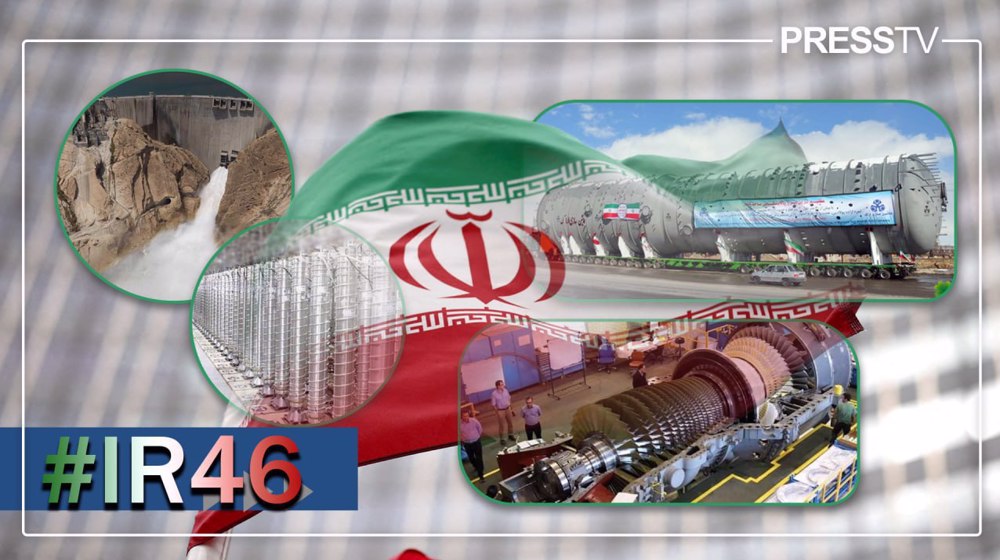

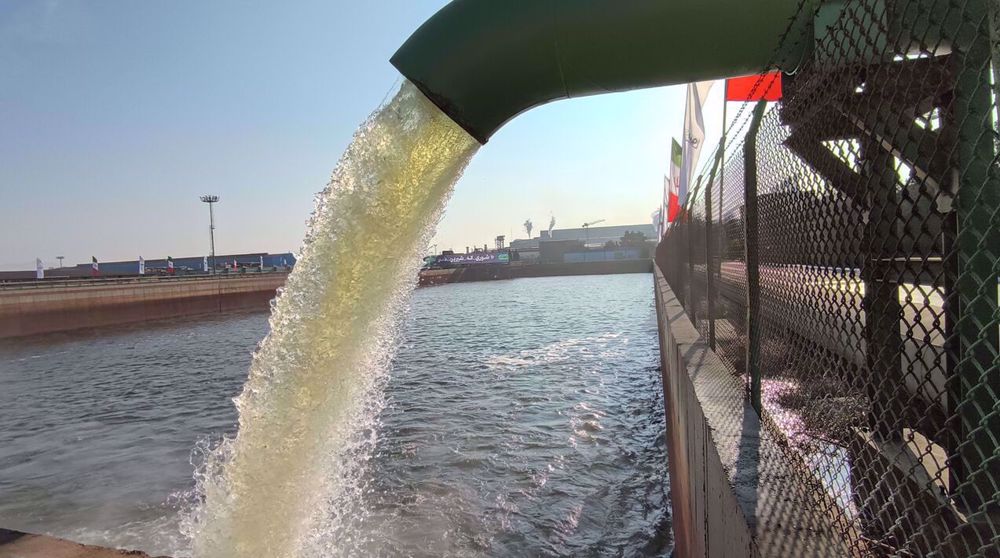
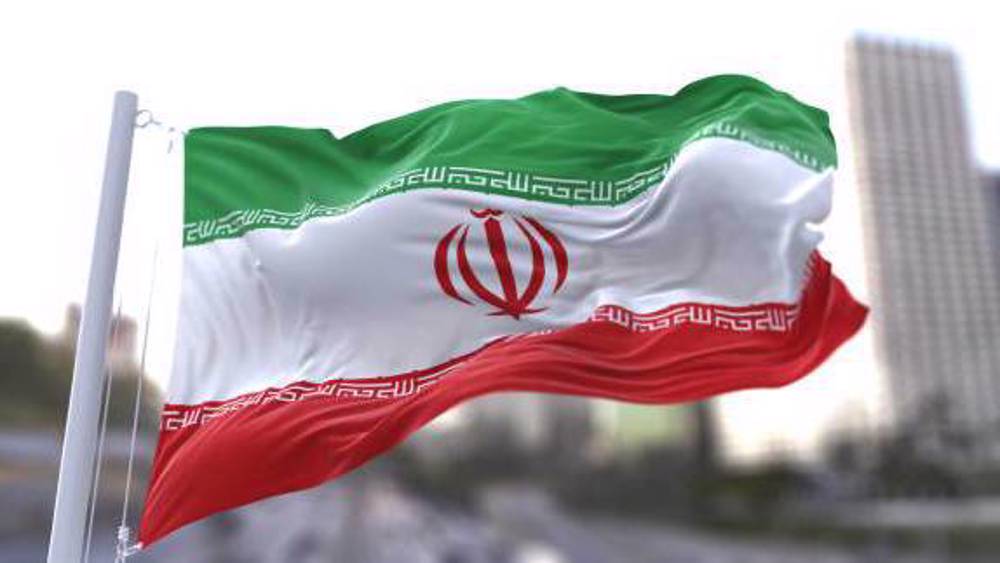



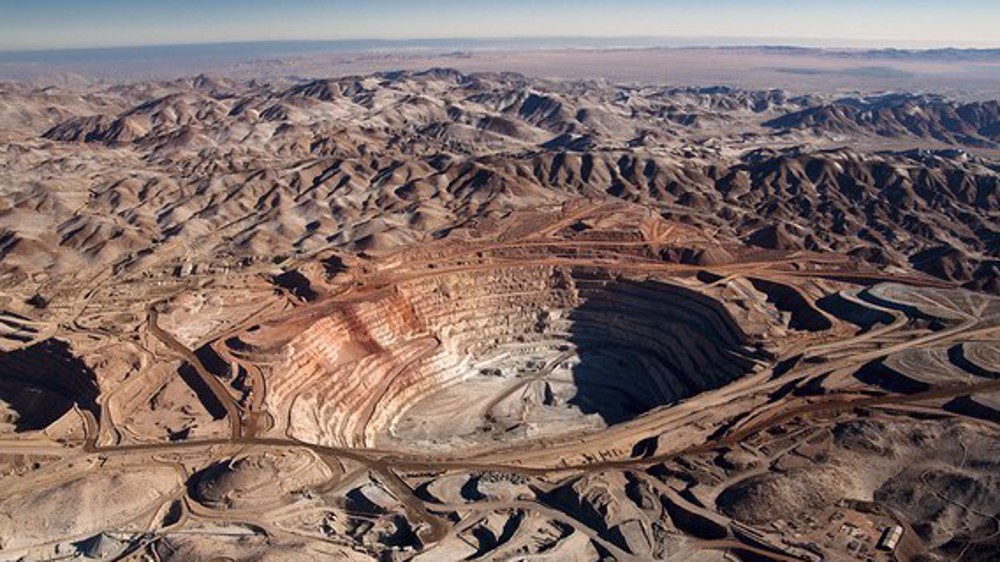
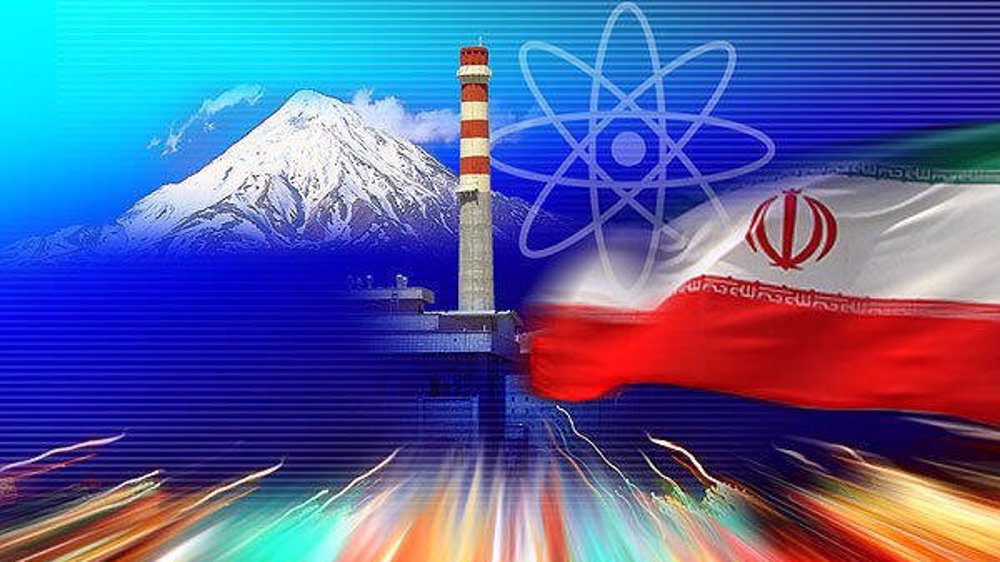
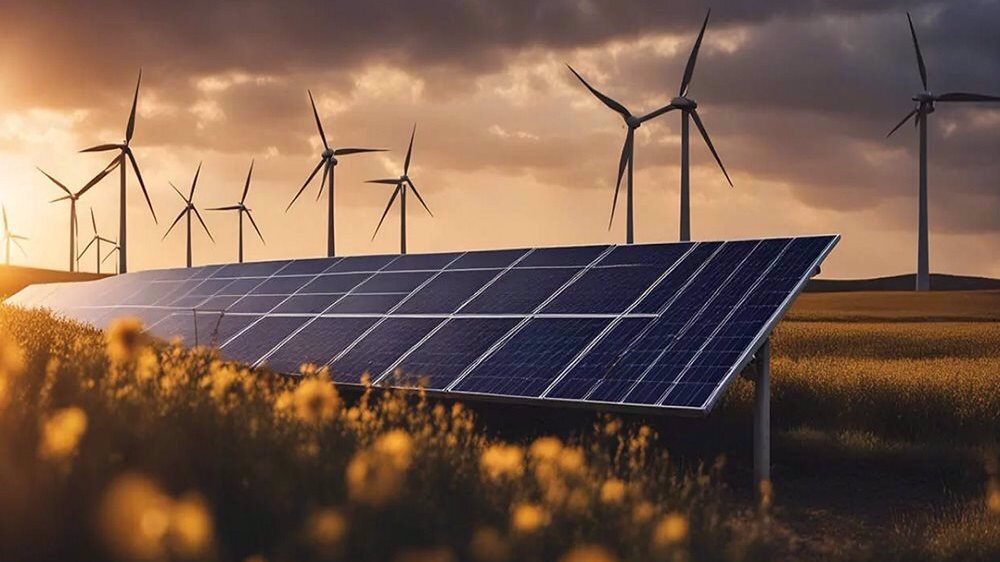
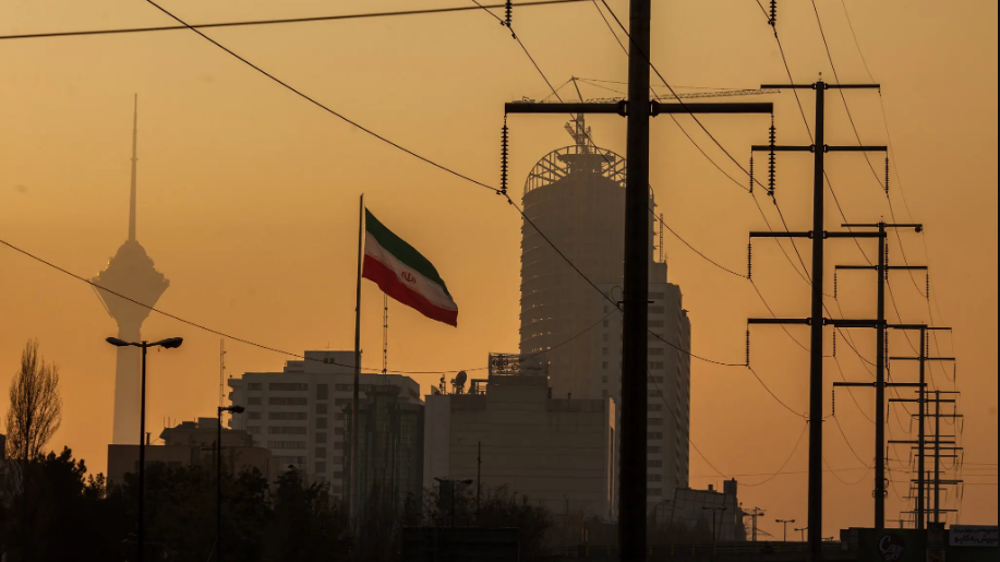
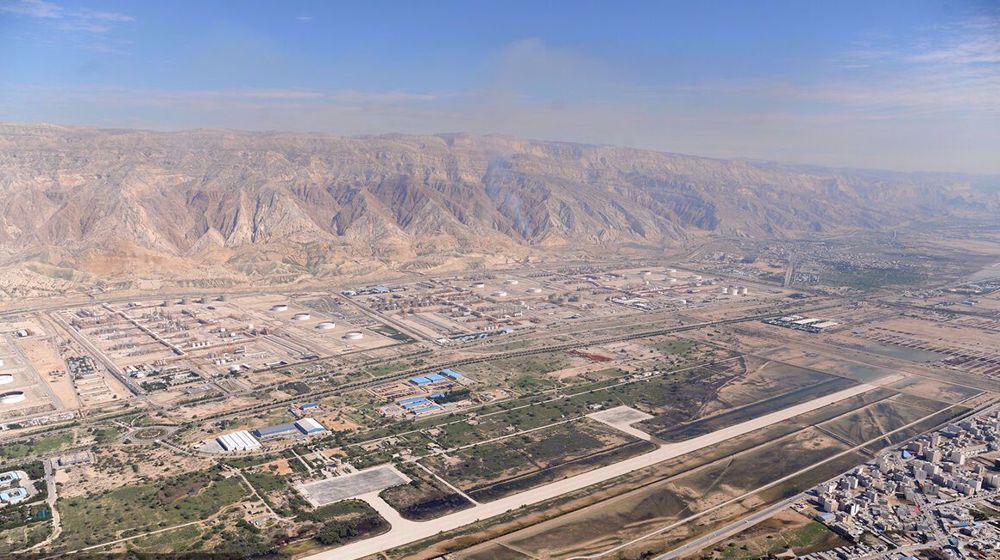

 This makes it easy to access the Press TV website
This makes it easy to access the Press TV website